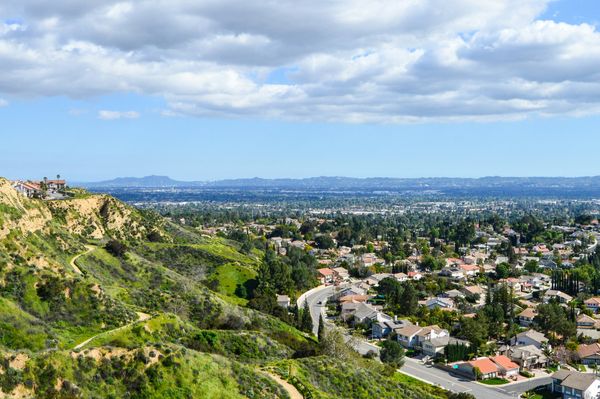
Beachgoers have been urged to take extra precautions this Australia Day, with temperatures set to soar across the country on Thursday.
It has been a deadly summer so far, with at least 48 people drowned since December 1.
Most recently, a Queensland man, aged in his 50s, died while swimming near Crescent Head in New South Wales on Tuesday afternoon.
In Victoria, a man died in shallow water at a boat ramp on the Great Ocean Road.
The summer death toll is expected to rise again on Australia Day.
Drownings nearly double on public holidays and long weekends, according to research from the Royal Life Saving Society.
On Australia Day, however, that risk doubles again – with swimmers more than four times likely to drown at coastal beaches.
With glorious weather forecast for most of the capital cities, beaches will almost certainly be packed.
According to Weatherzone, the mercury is set to top 30 degrees Celsius in five of the major cities – Sydney, Brisbane, Perth, Canberra and Darwin – and hit 29 degrees in Adelaide.
Meanwhile, Melbourne will have pleasant weather with a max of 22 degrees, with 21 degrees in Hobart.
Exercise caution
Of the 48 deaths reported this summer, Royal Surf Life Saving Australia said most of these deaths were men aged between 18 and 64.
Many of these men died while trying to save their children, with several caught in rips.
Royal Life Saving Society CEO Justin Scarr pleaded with people to exercise caution around water, even if they are confident in their ability to stay afloat.
“Sadly, we’ve seen a number of people drowning when attempting to rescue family members, and when swimming alone,” he said.
“If you see someone in difficulty, go and get help and alert emergency services as soon as possible. We want everyone to have a great day out and come home safely.”
Not only swimmers
Authorities have also issued warnings for those hitting the water in boats and other vessels.
NSW Marine Area Commander Detective Superintendent Murray Reynolds said Water Police would be out on patrol.
“With significant maritime traffic expected on the harbour and in our waterways, skippers are reminded that the same drink-driving rules apply on the water as on the roads,” he said.
“As well as compliance checks, police will be conducting drug and alcohol testing, so make sure your vessel is in working order and all required safety equipment is on board.
“Drinking alcohol or taking drugs while in or out on the water can have a tragic ending, so make responsible decisions and look after your mates.”
Swim between the flags
More than half of the 48 deaths occurred at coastal areas without lifeguards, according to Surf Life Saving Australia CEO Adam Weir.
Mr Weir urged beachgoers to make water safety a priority.
“We have lost 28 people along our coastline this summer alone, with all drowning deaths occurring outside the red and yellow flags, either at unpatrolled locations or outside of patrol hours,” Mr Weir said.
“Our simple message is to find a patrolled beach and swim between the red and yellow flags if you can.”

Fatalities have been particularly devastating in Victoria, where there have been 29 drowning deaths since July – four more than the decade average.
About half of those drownings happened at inland waterways such as rivers, lakes and creeks.
As a result, lifesavers will patrol the Lysterfield, Nagambie, Eildon and Waranga lakes on Thursday as well as 60 coastal areas.
“Our statistics are higher than they have been in the 10-year average. We don’t want those statistics being any higher,” Emergency Services Minister Jaclyn Symes said on Wednesday.
Surf life savers’ safety tips
- Swim at a patrolled beach between the red and yellow flags. Visit https://beachsafe.org.au/ or download the BeachSafe App to find a patrolled beach
- Wear a lifejacket if you are going boating, rock fishing, or on watercraft
- Avoid alcohol and drugs when around water
- Always supervise children on, in and around water at all times
- Check weather conditions before heading out
- Seek the advice of surf lifesavers or lifeguards
- STOP, LOOK, PLAN.
STOP: Check for hazards and danger (such as rip currents)
LOOK: For other dangers
PLAN: How to stay safe, and swim at a patrolled beach.
-with AAP







